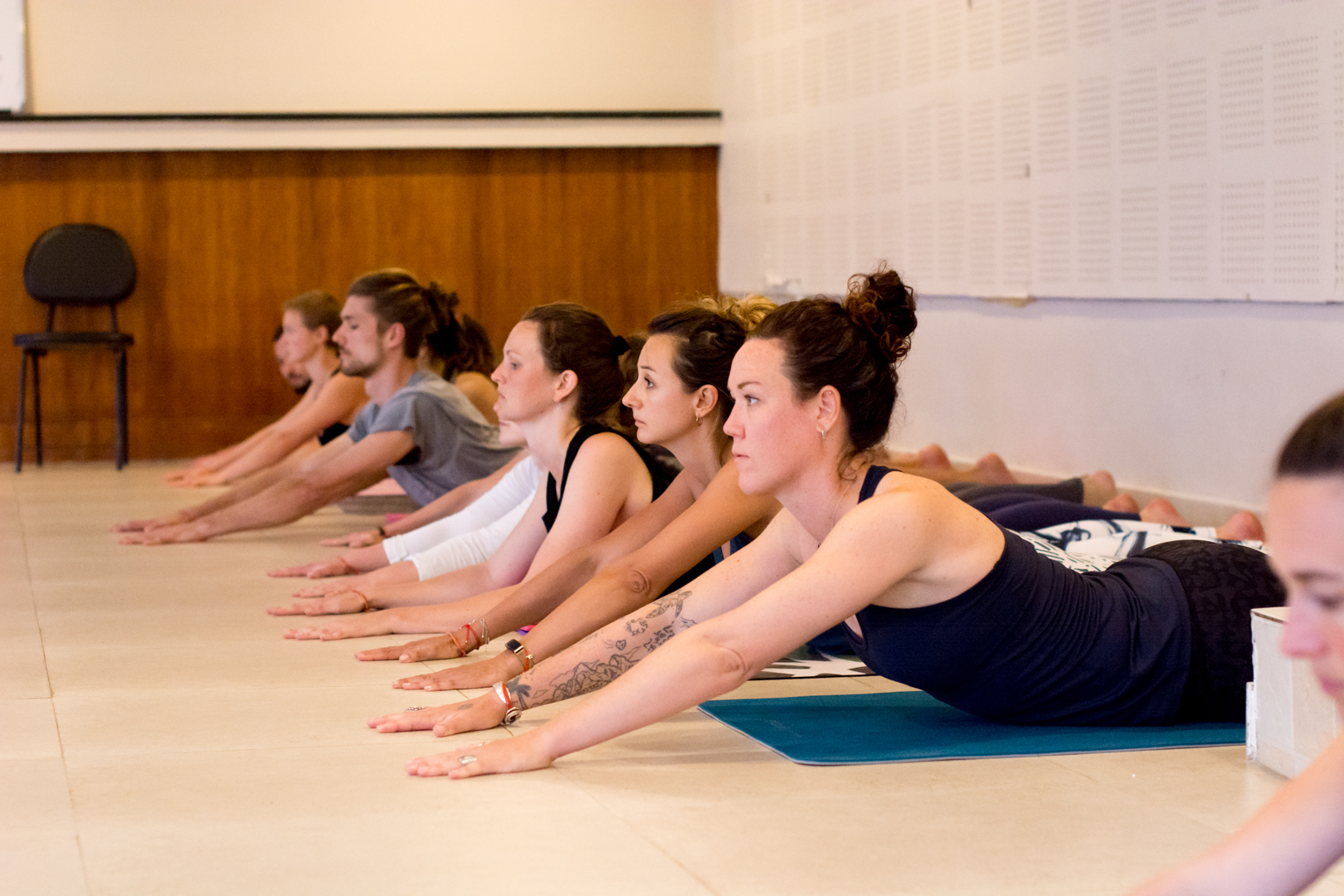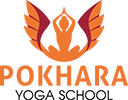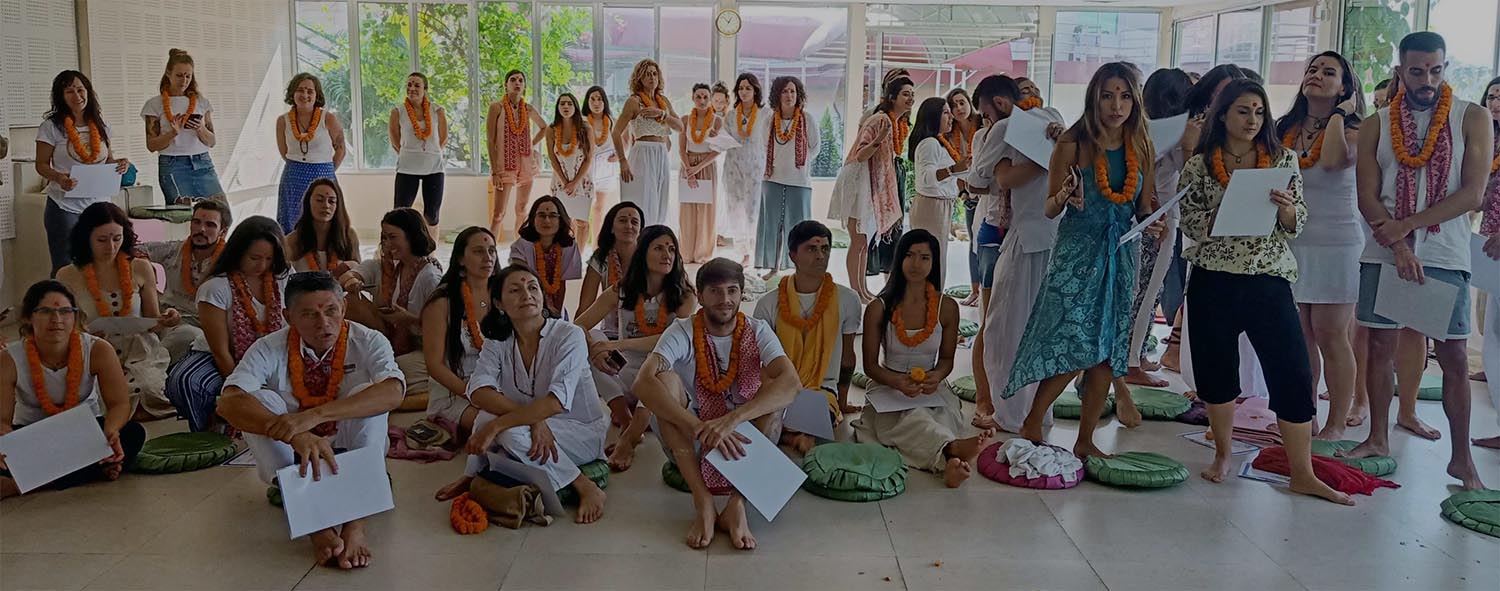
30 Apr Ashtanga Yoga Teacher Training
What You Should Know About Ashtanga Yoga Before Joining a Yoga Teacher Training Class
Ashtanga yoga literally means “eight-limbed yoga,” as outlined by the sage Patanjali in the Yoga Sutras. According to Patanjali, the path of internal purification for revealing the Universal Self consists of the following eight spiritual practices: Yama, Niyama, Asana, Pranayama, Pratyahara, Dharana, Dhyana, Samadhi.
If you thought an Ashtanga yoga class was hard, let us tell you it was nothing compared to what an Ashtanga yoga teacher training class will be. For any yoga teacher training course, the classes will be more difficult than simple yoga training. Now, you need to have a much greater reserve of knowledge. You have to read loads of books and texts, practise a lot more and know about things like yoga anatomy and techniques of teaching. Some of the things you should be familiar with to become a good Ashtanga yoga practitioner and teacher have been explained here.
A Brief History of the Origin of Ashtanga Yoga
Ashtanga in yoga would generally mean the eight limbs of yoga as the great yogi Patanjali laid out. But the etymology of Ashtanga is, in all probability, different. Asht translates to “eight” in Sanskrit and anga to “body part”. Therefore, Ashtanga should have something to do with eight body parts or appendages.
According to Mark Singleton, a scholar of yoga, the term in the context of this specific yoga style refers to Ashtanga dand. This is an exercise of the dand gymnastic category, that got adopted in the Surya Namaskar system that starts a session of Ashtanga yoga class. Its previous name was Ashtanga Namaskar, as eight parts of the body touched the ground. But its current name is Chaturanga Dandasana. But the name it inspired has remained.
Historically, the inception of Ashtanga occurred under the yoga guru K Pattabhi Jois. Jois says that he learned it from his teacher, T Krishnamacharya, who is credited with creating the modern form of yoga and making it popular in erstwhile India. Krishnamacharya, in turn, is said to have learned it from his guru, Yogeshwara Ramamohana Brahmachari, from whom he inherited the text Yoga Korunta, written by Vamana Rishi.
Apparently, this text contained all the asanas and vinyasas practiced in Ashtanga yoga. It was claimed to have been destroyed by ants, with no surviving copy. But, there is much controversy surrounding this version of the story and research has even indicated otherwise. In fact, there is a lot of evidence that many of the poses in Ashtanga were adopted from various non-yogic sources. But there is not enough information to draw a definite conclusion.
General Ashtanga Class Sequence
One of the characteristics of Ashtanga yoga is the rigidity of pattern. One must go through a certain sequence only. Unlike Vinyasa flow yoga, one must follow the same pattern all the time. An Ashtanga class begins with Surya Namaskar. There are two sets of this – Surya Namaskar A and Surya Namaskar B, with ideally 5 repetitions of each. The purpose of these is to stretch the muscles and get the blood and prana circulating. Then comes the standing sequence, which stabilizes the body and focuses the mind. After this comes the asanas, of which there are six series as follows:
- Yoga Chikitsa – This is the Primary Series and has therapeutic benefits. It helps to detoxify the body, free it of pains and diseases and shift it in progressively towards the right alignments.
- Nadi Shodhana – This is the Secondary Series and its function is to purify the nervous system by unblocking the nadis or energy channels.
- Sthira Bhaga – This is the Advanced Series which focuses on physical and spiritual strength and grace. It has 4 series, A, B, C and D.
One must attain complete mastery over one sequence to move on to the next. This is because the previous series provides the foundation for the next. The session ends with the standard closing sequence.
Important Components of Ashtanga Yoga
Ashtanga yoga is incomplete without the important principles that accompany the asanas. These are vinyasa and tristhana. Vinyasa refers to the linking of each movement with specific breathing. The purpose of vinyasa is to cleanse the body from the inside out. Tristhana means three (tri) places (sthana). It translates to three places of attention or action. These are posture, breathing system and looking place.
Posture refers to the asanas, as discussed above. Breathing refers to ujjayi breathing, as performed during vinyasa. It consists of puraka or inhalation and rechaka or exhalation. Also included in the breathing system are the three bandhas Mula bandha, Uddiyana bandha and Jalandhara bandha.
This help locks the energies in the subtle body around the chakras for a better flow of prana. The looking place or Drishti refers to the point you will focus on visually while performing the asanas. There are nine allow ones – up, between the eyebrows, nose, navel, hands, feet, thumb, right side, and left side.
In Ashtanga yoga, pranayama practice begins only after one has mastered the asanas. Pranayama has a very strict definition of yoga. It involves the use of the three forms of breathing, puraka (inhalation), rechaka (exhalation), and kumbhaka (holding the breath) along with the three bandhas.
Where Should You Go for Ashtanga Yoga Teacher Training
The best way to get Ashtanga yoga teacher training is by learning Ashtanga yoga in the strict linear format as K Pattabhi Jois taught and his grandson R Sharath Jois ratified. Pokhara Yoga School Ashtanga yoga teacher training respects and follows the Ashtanga yoga sequence perfectly so that students can get maximum benefits out of this yoga style.

